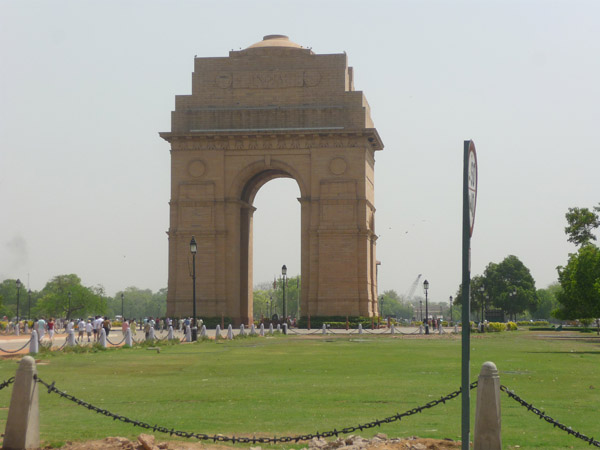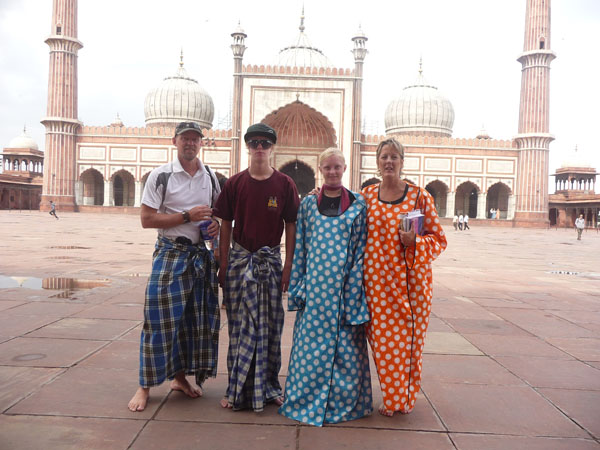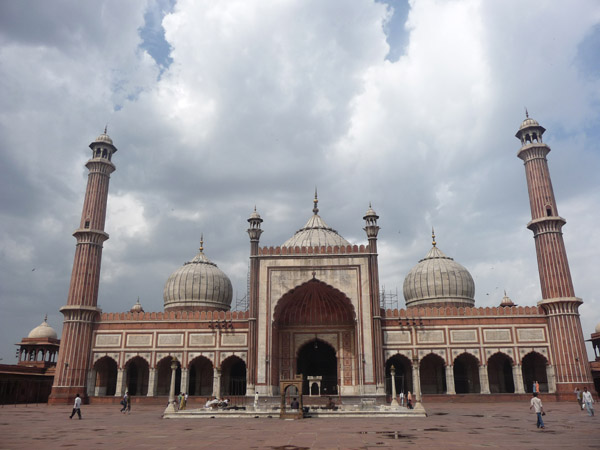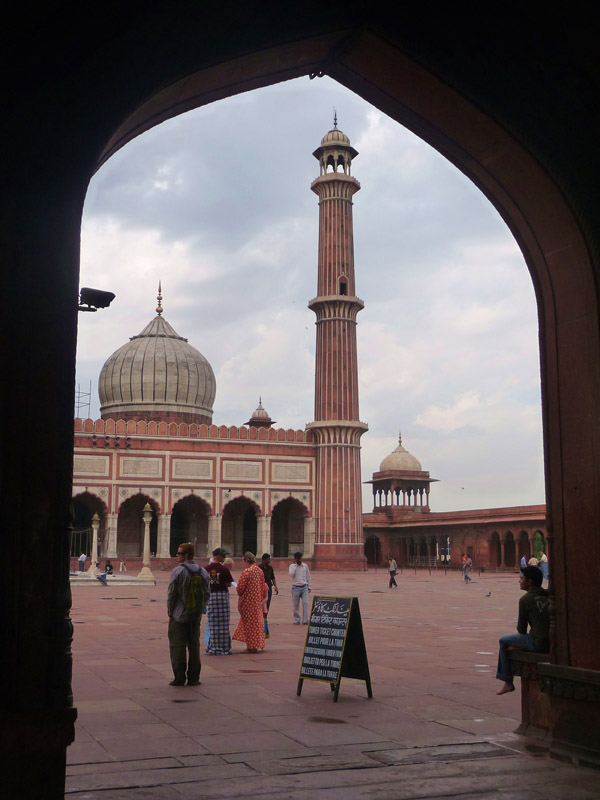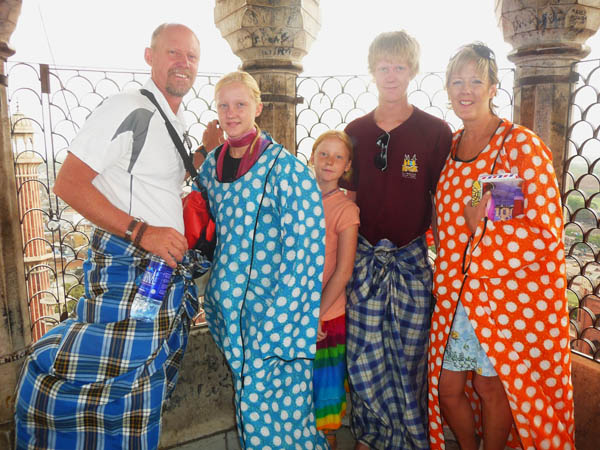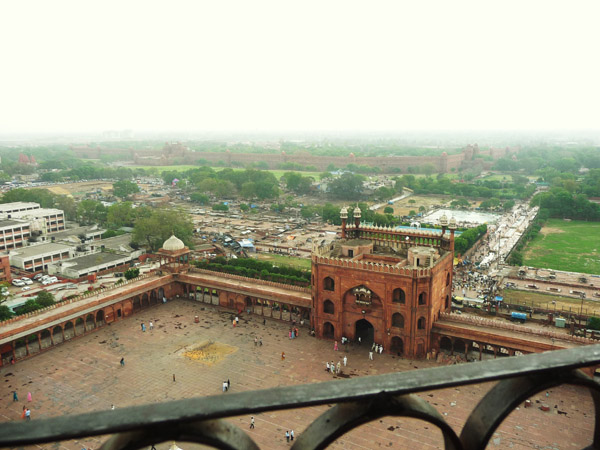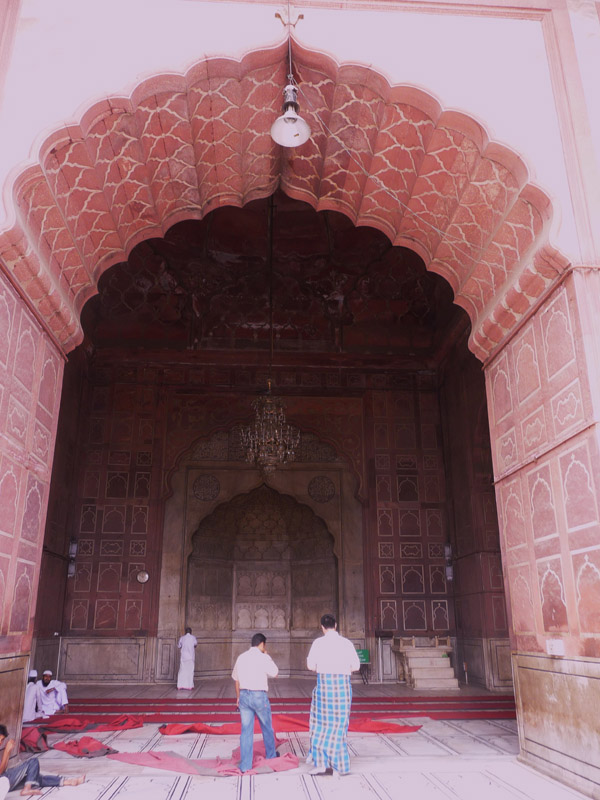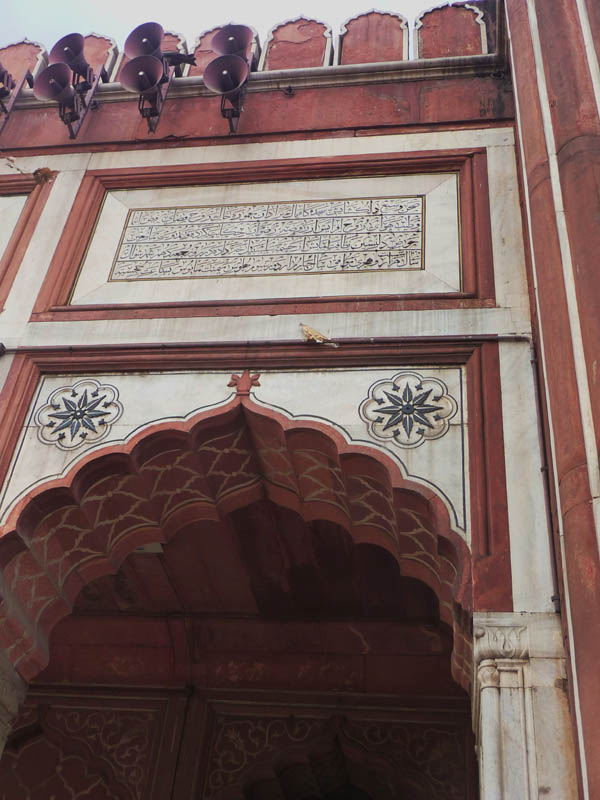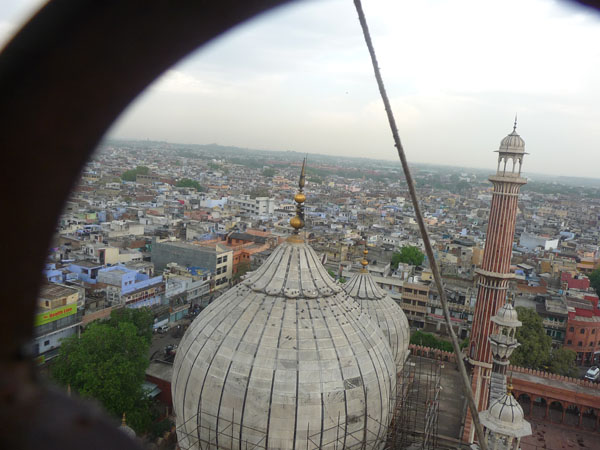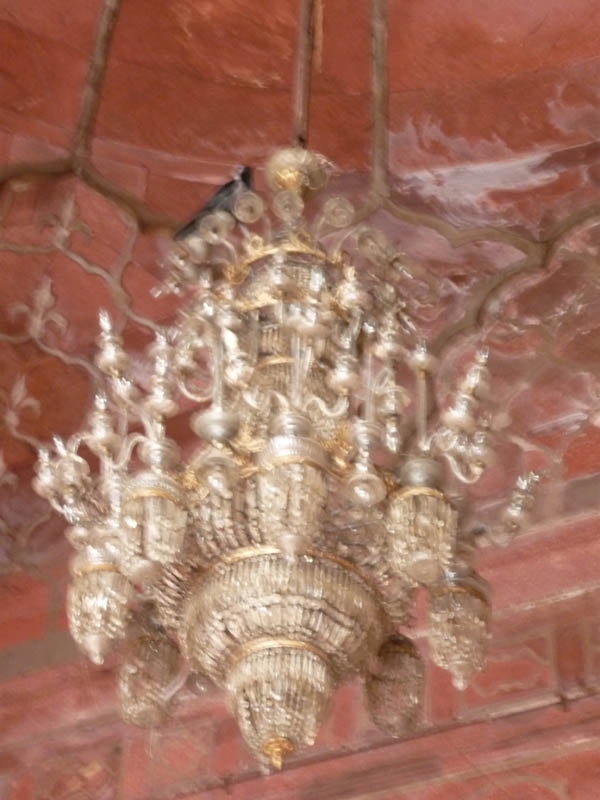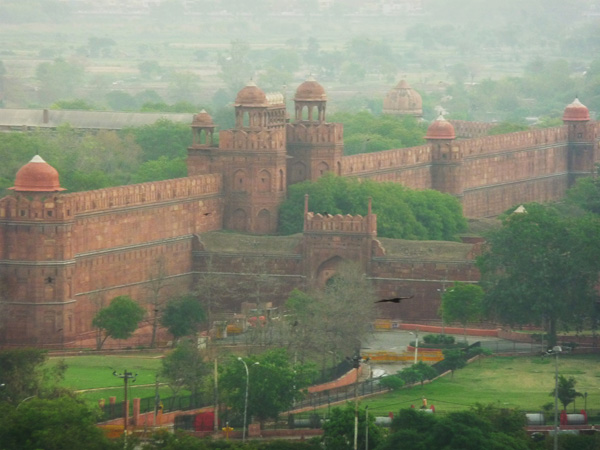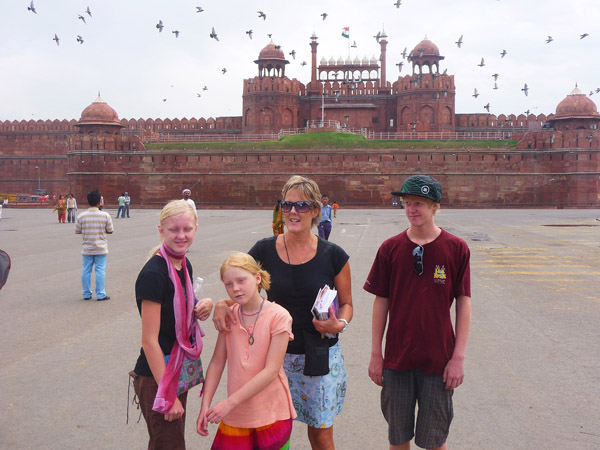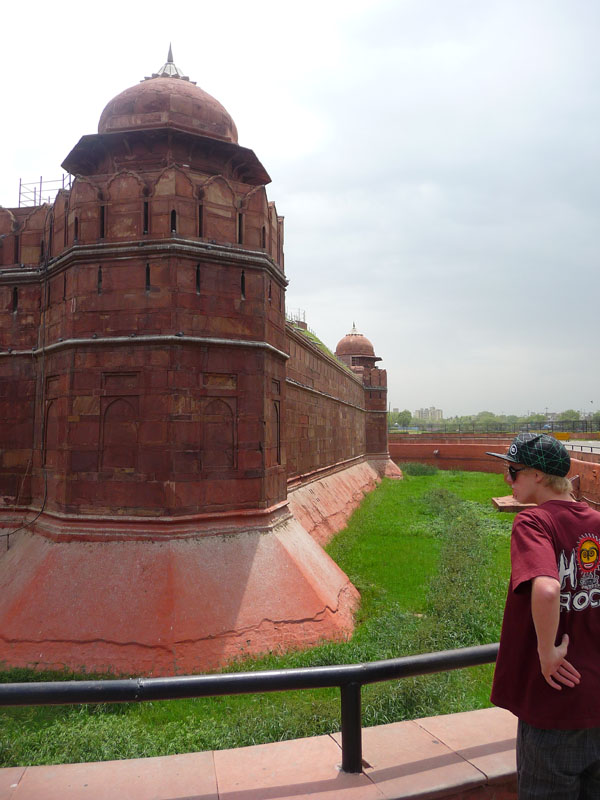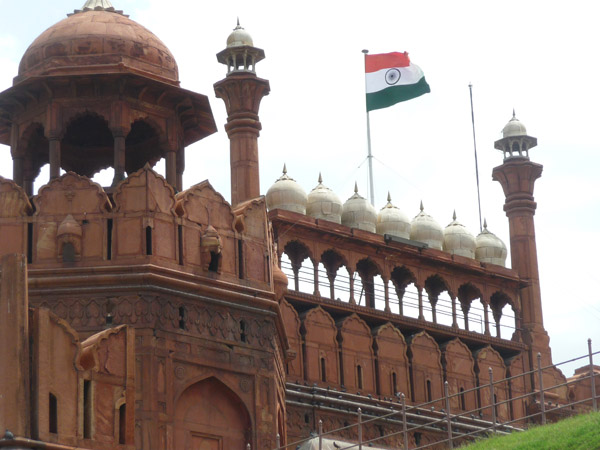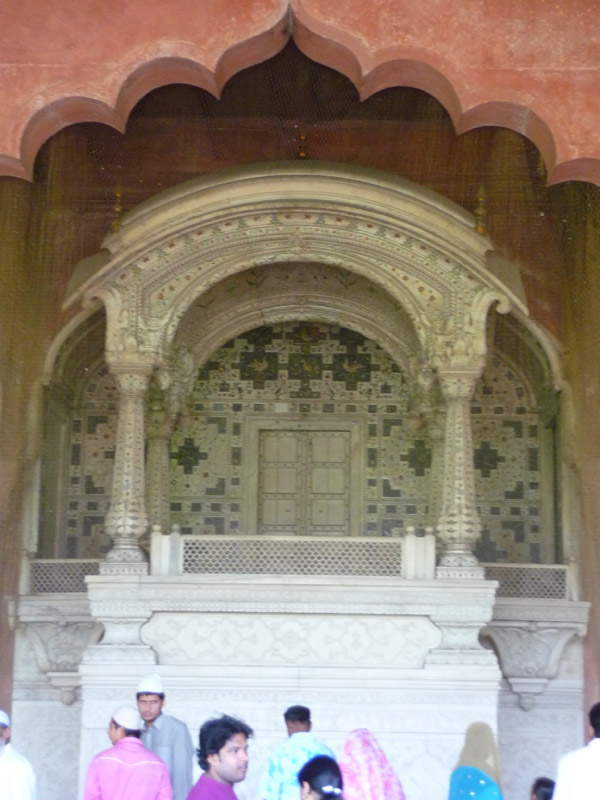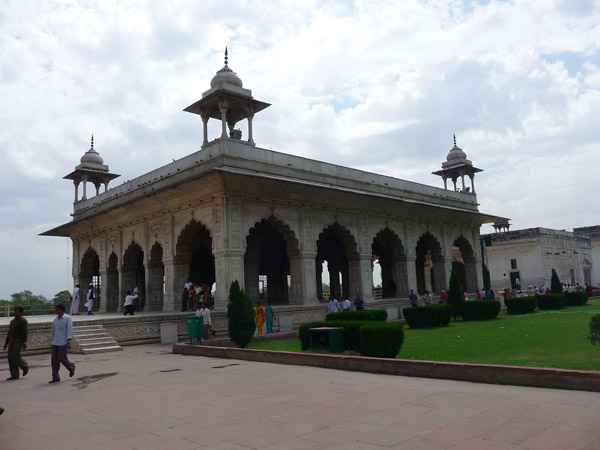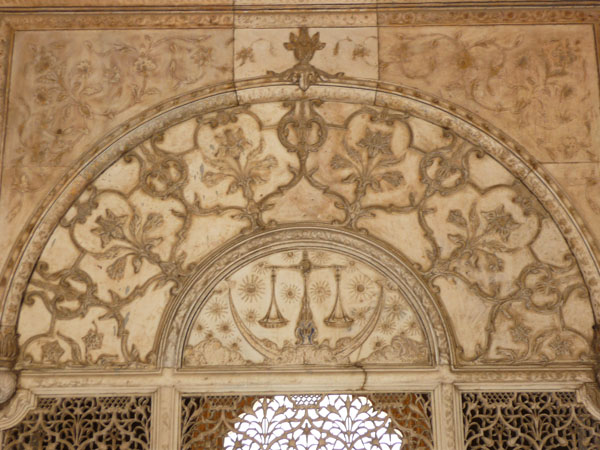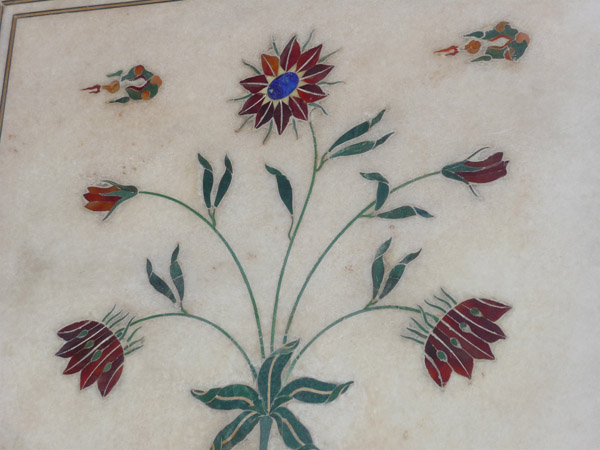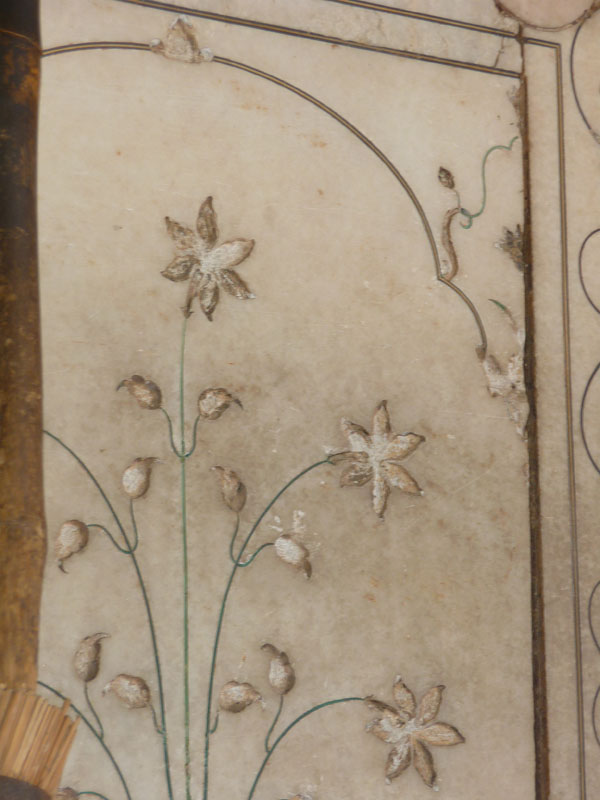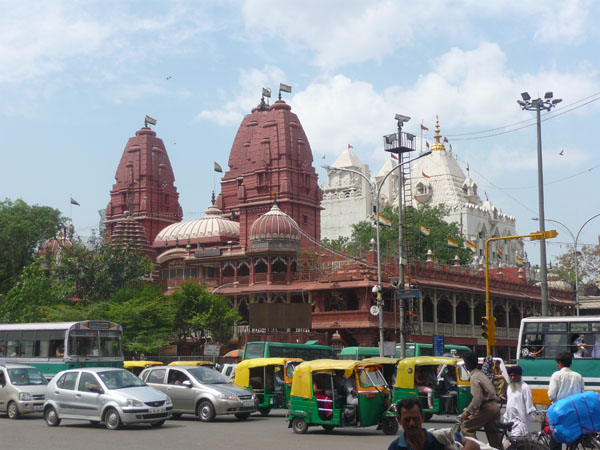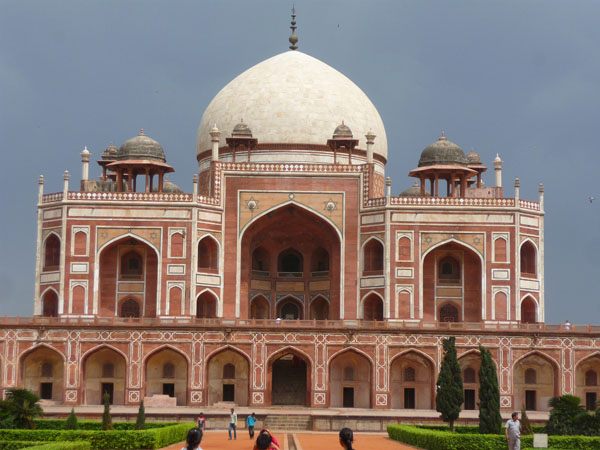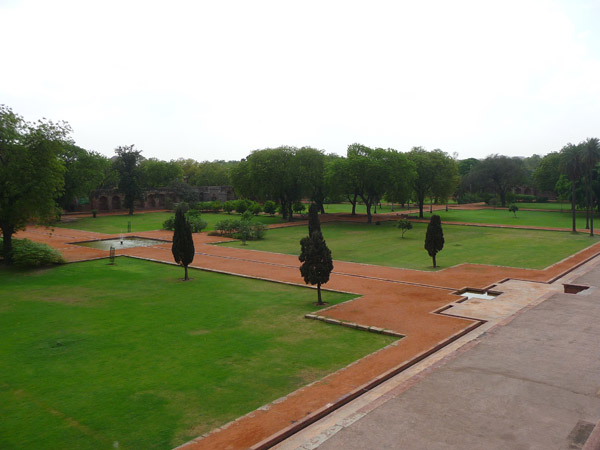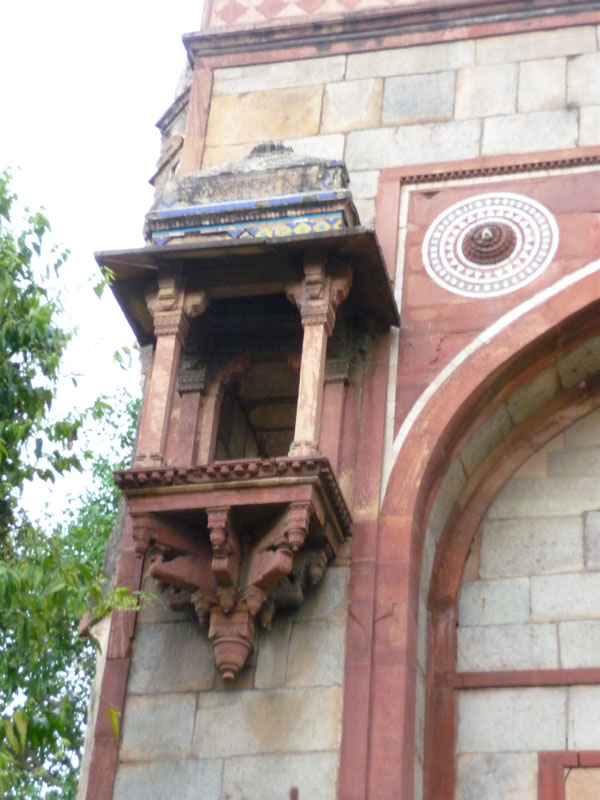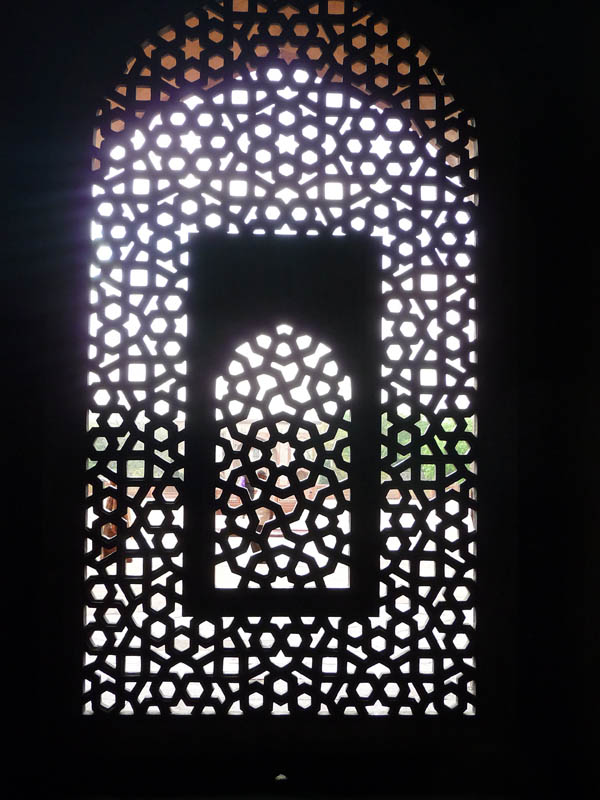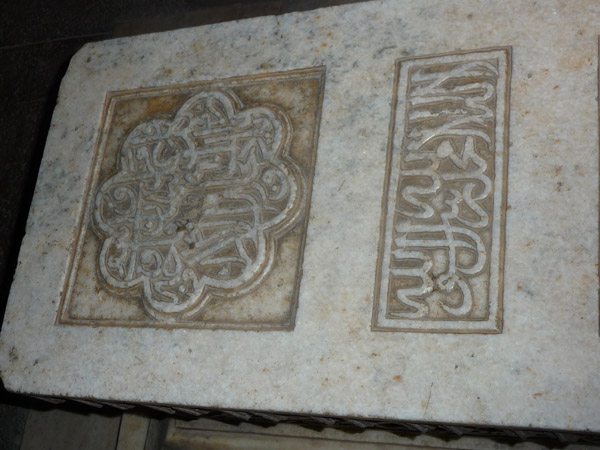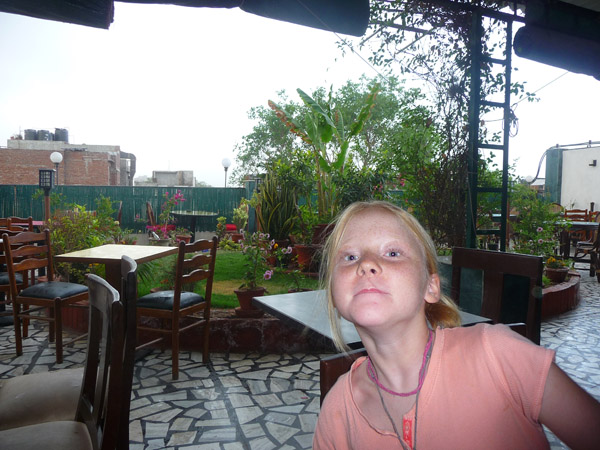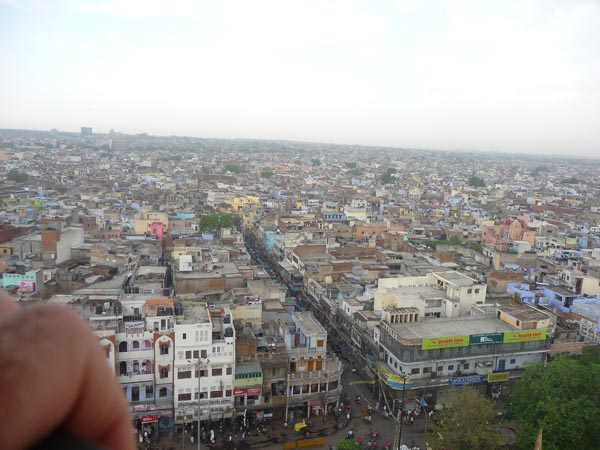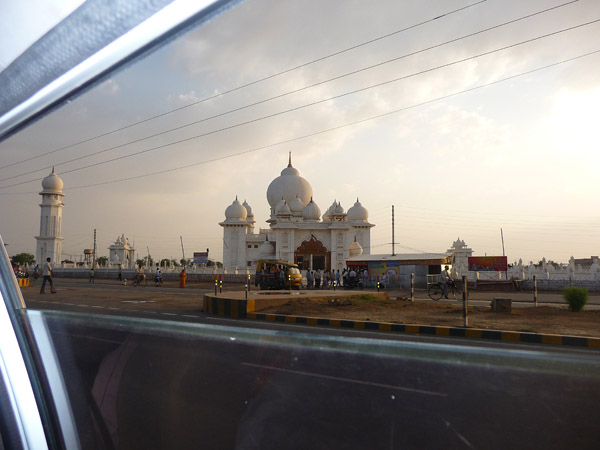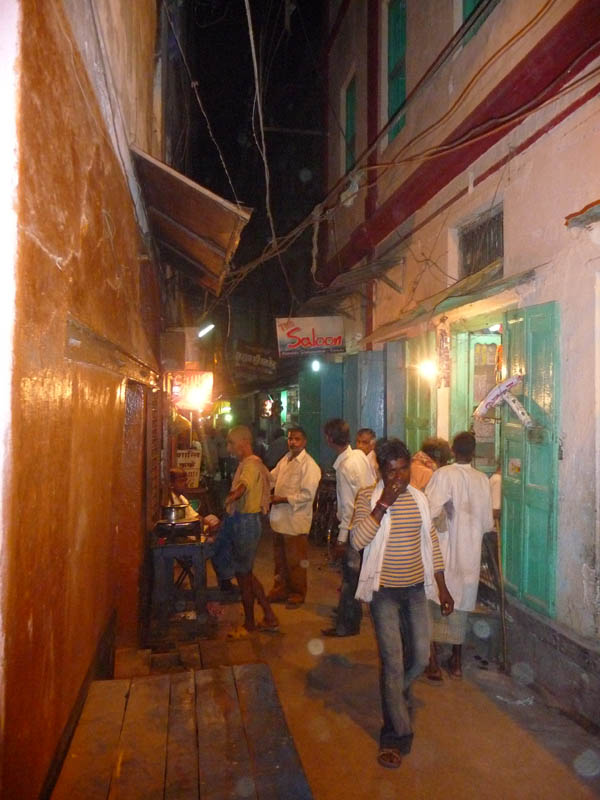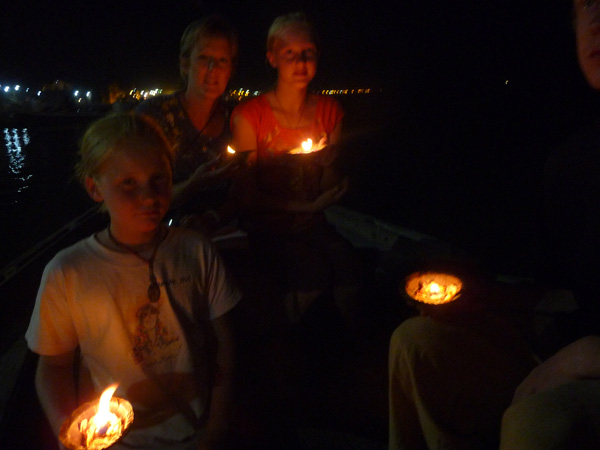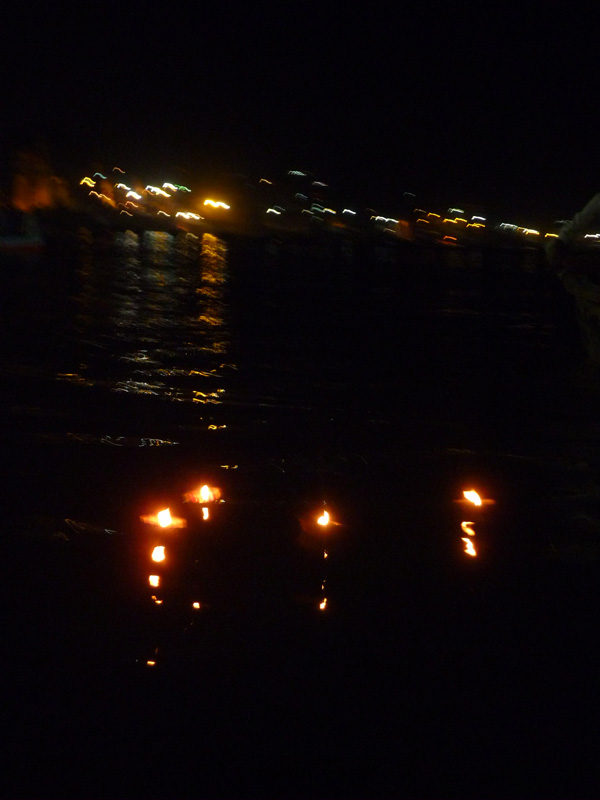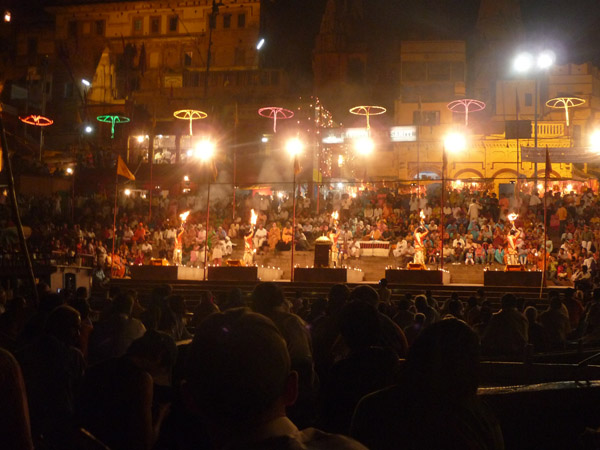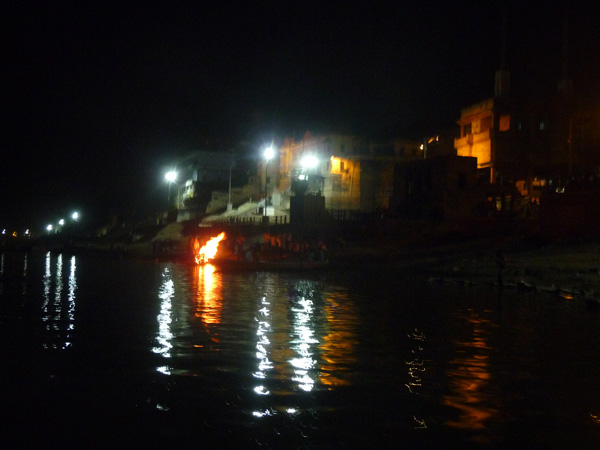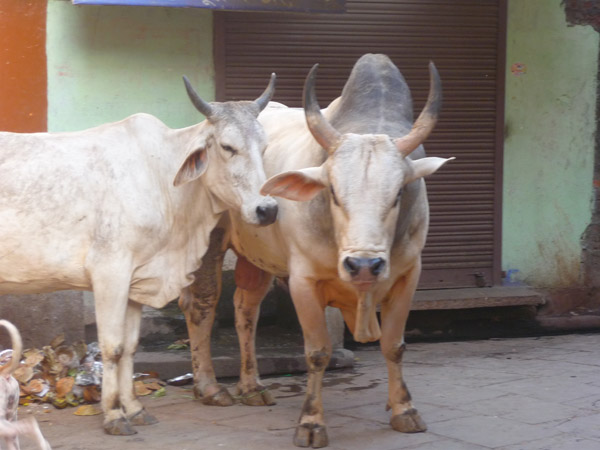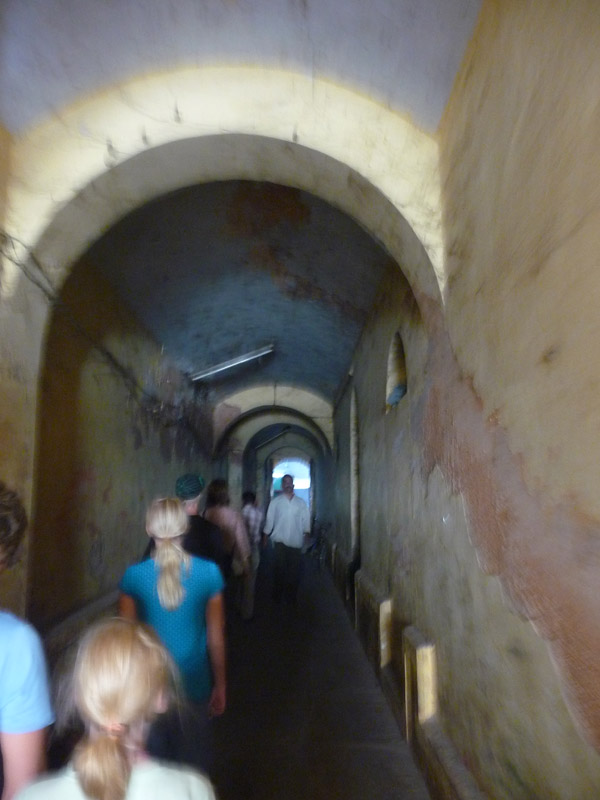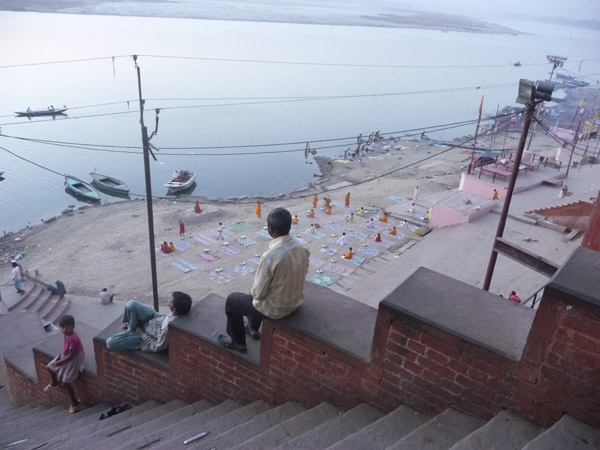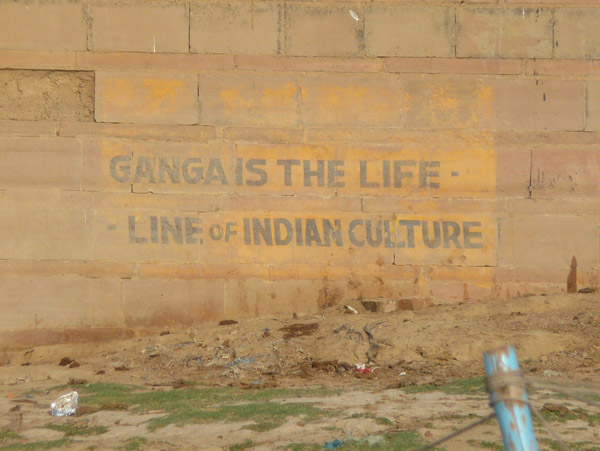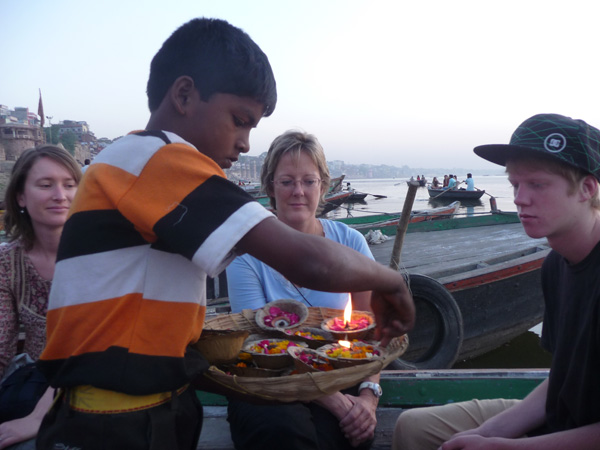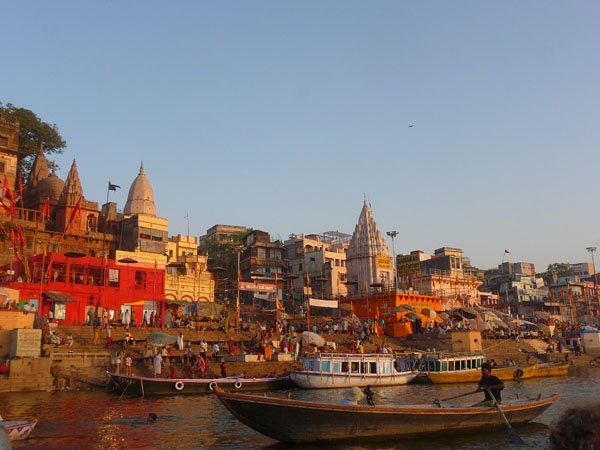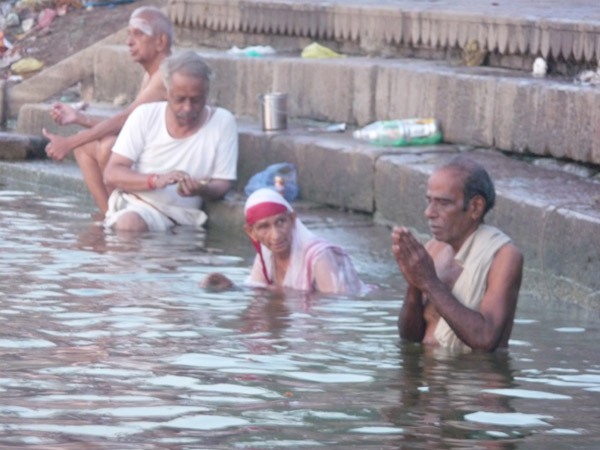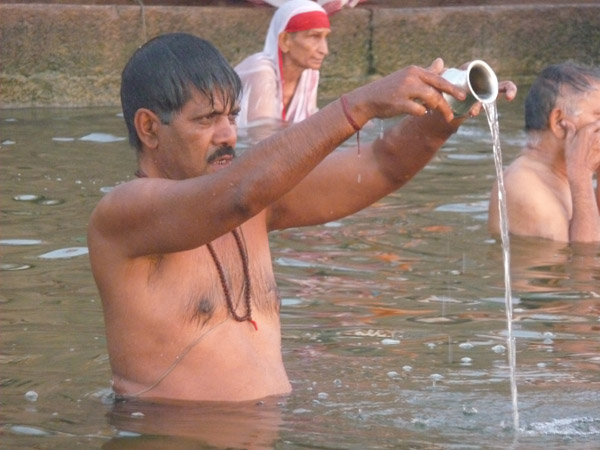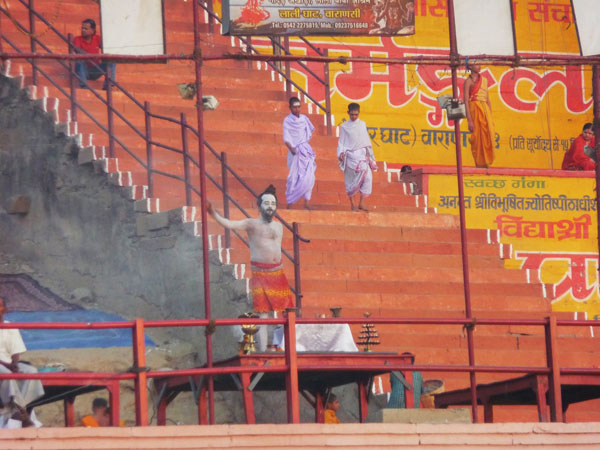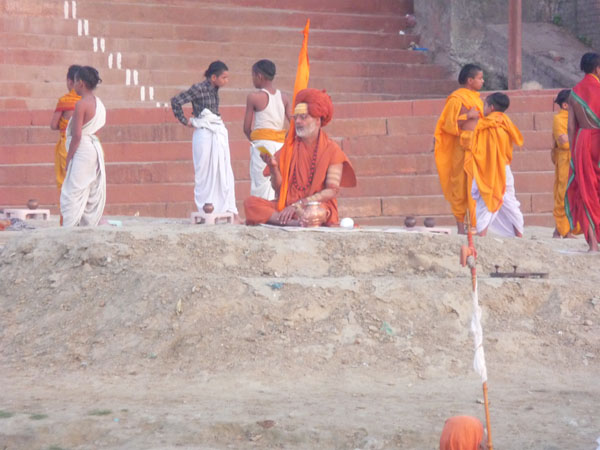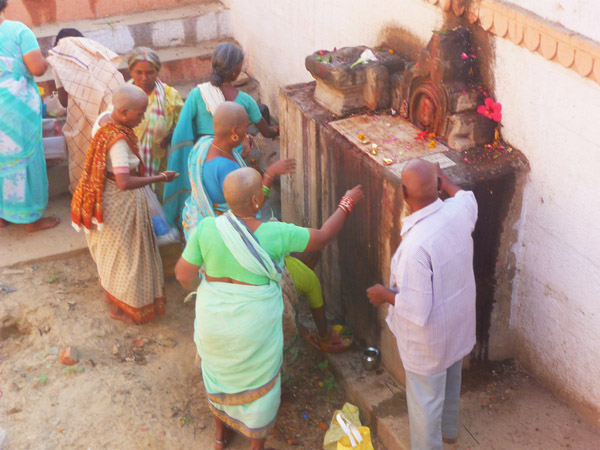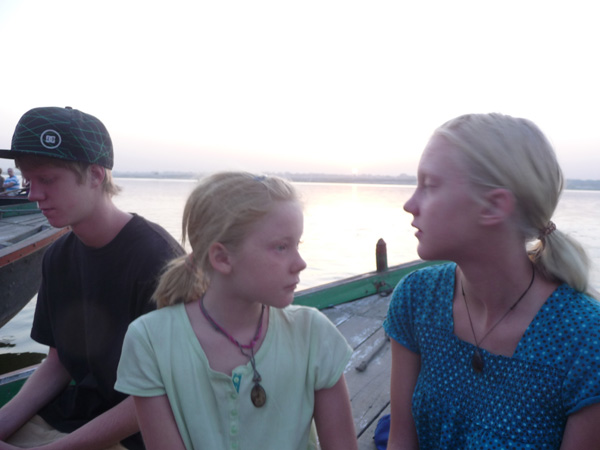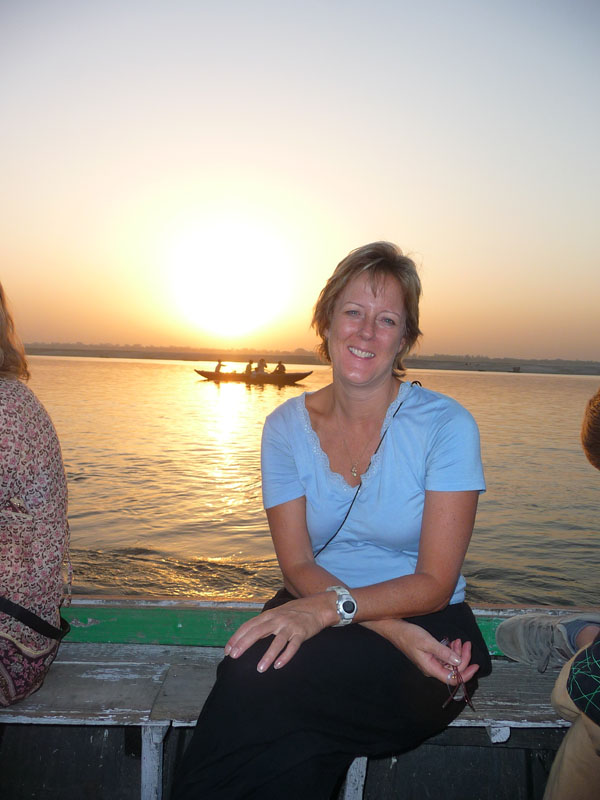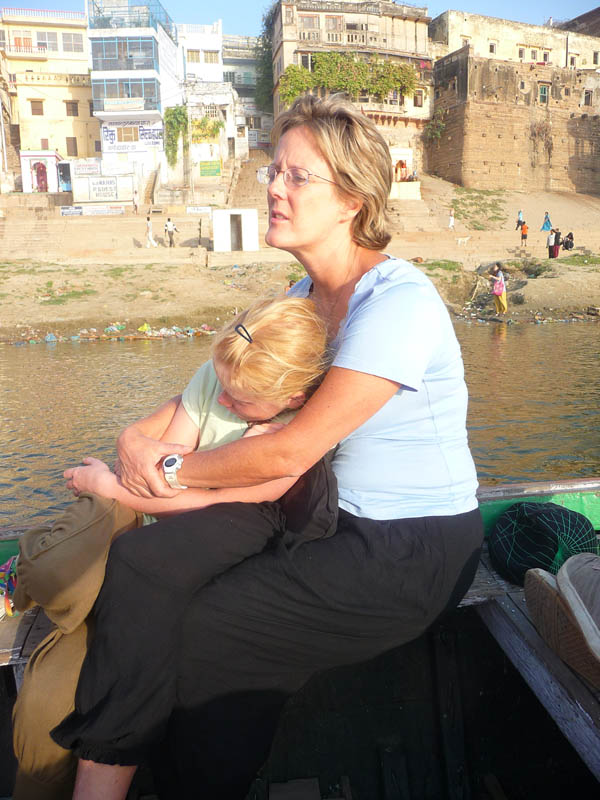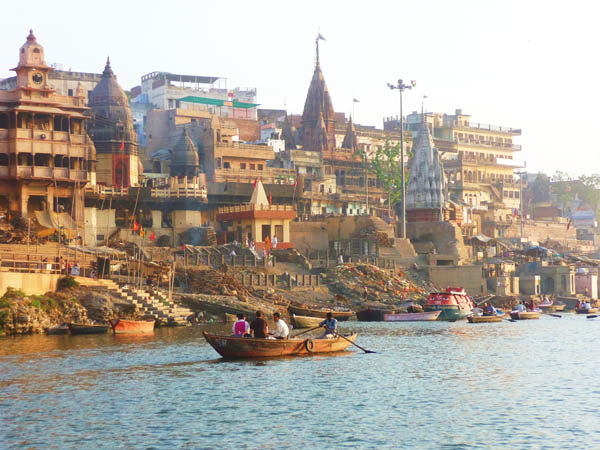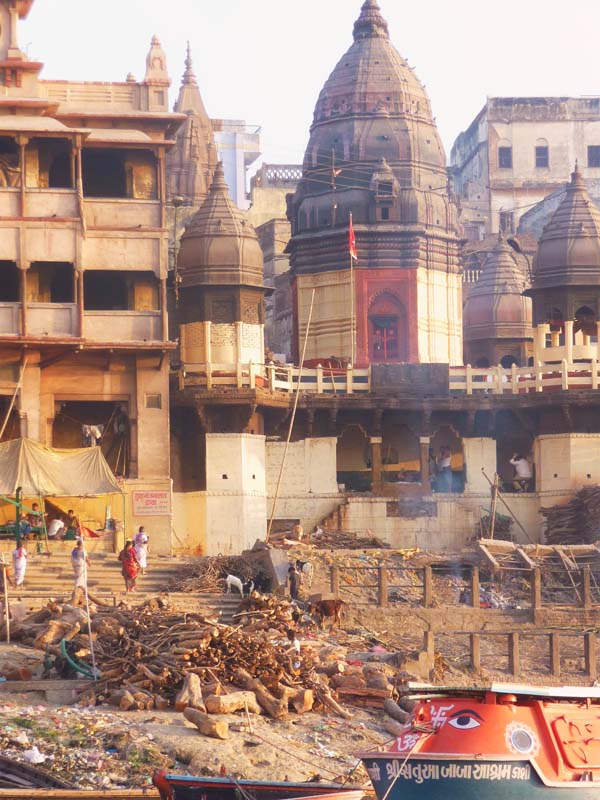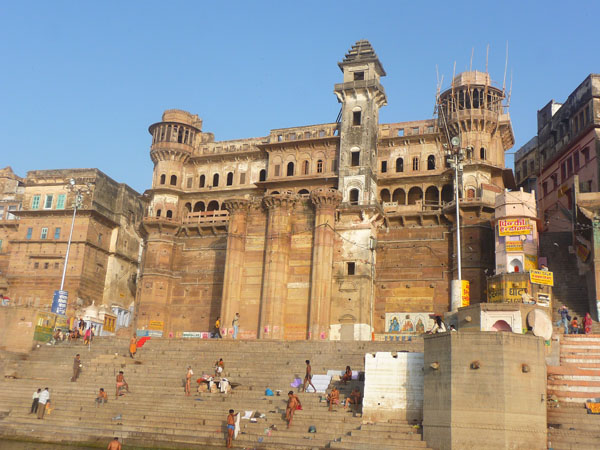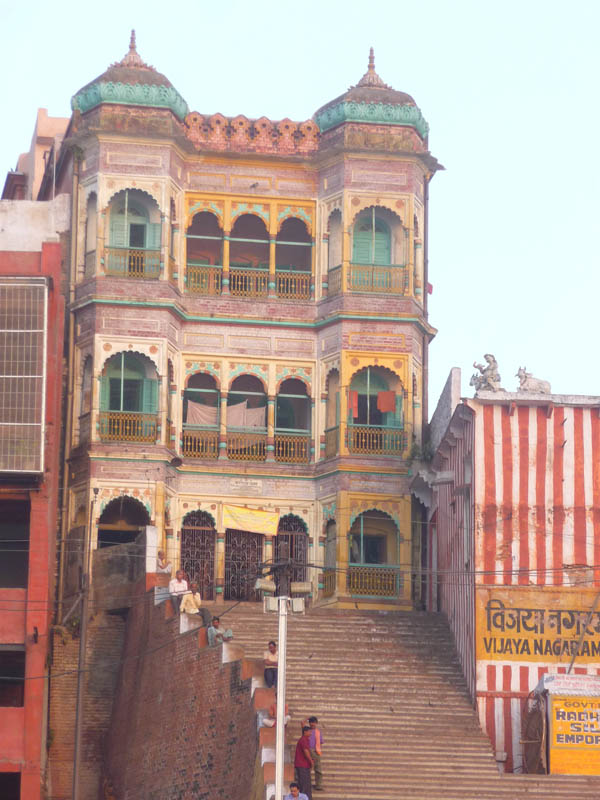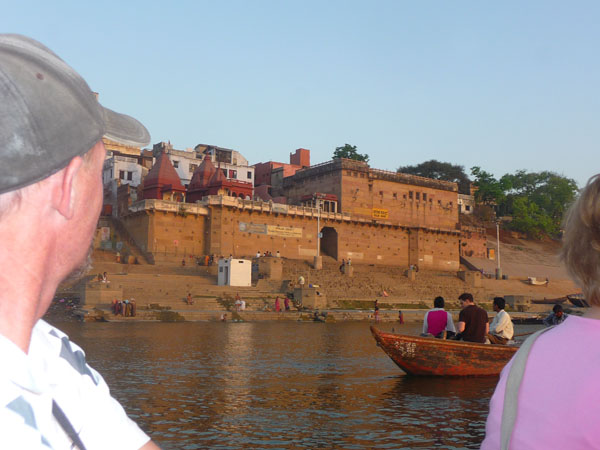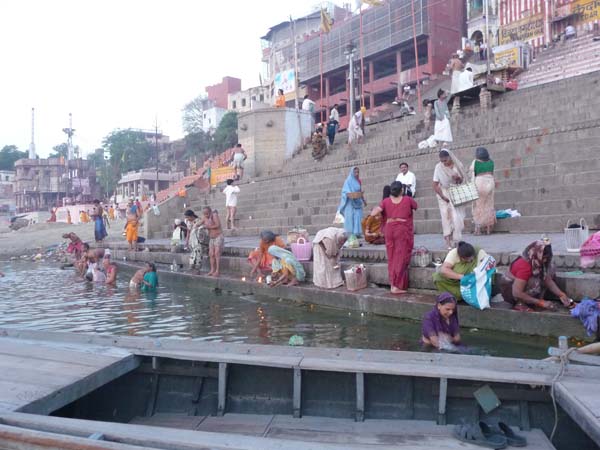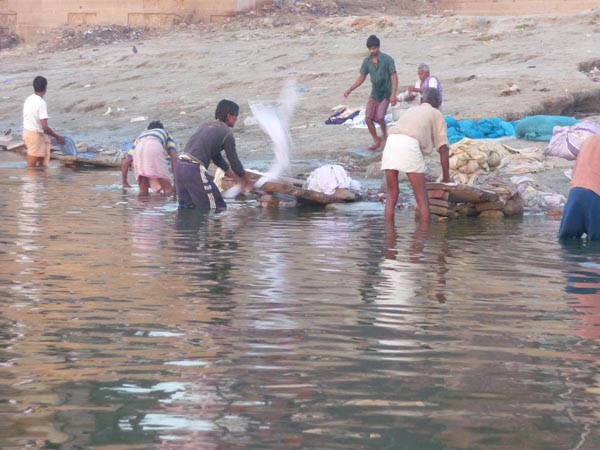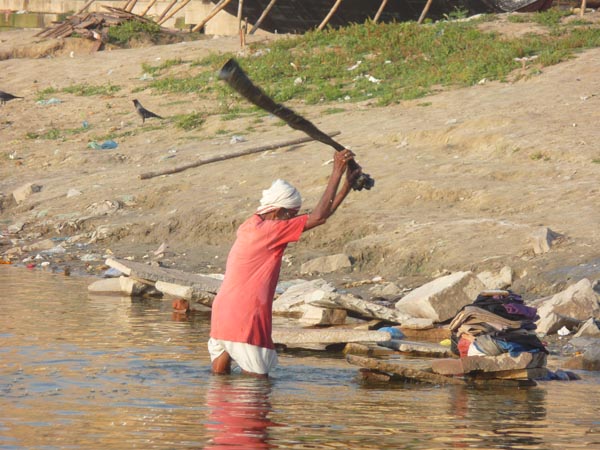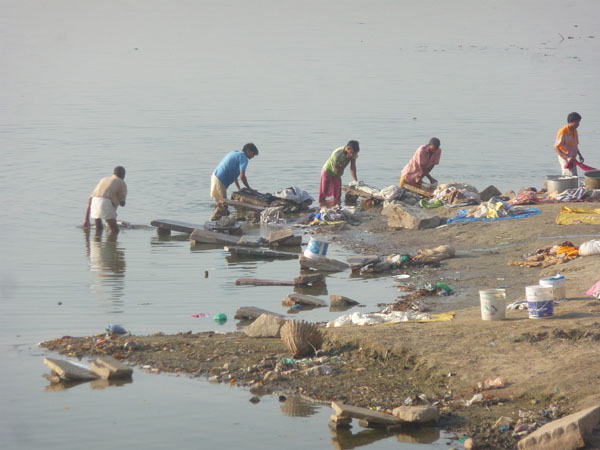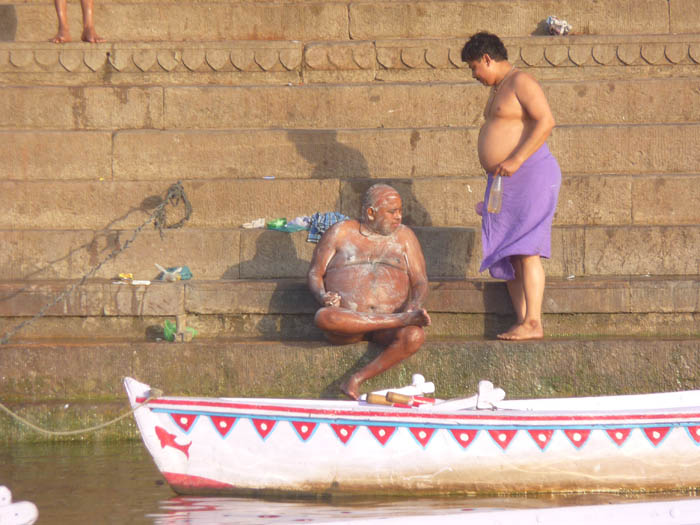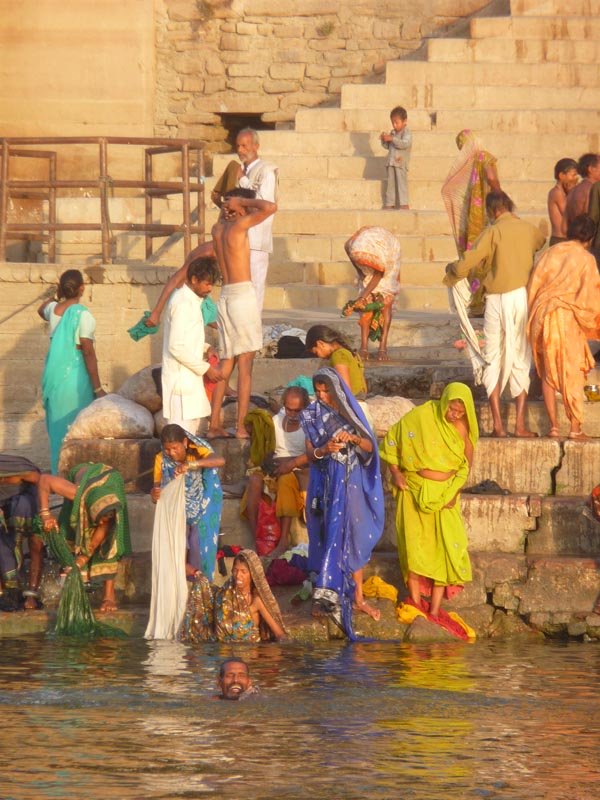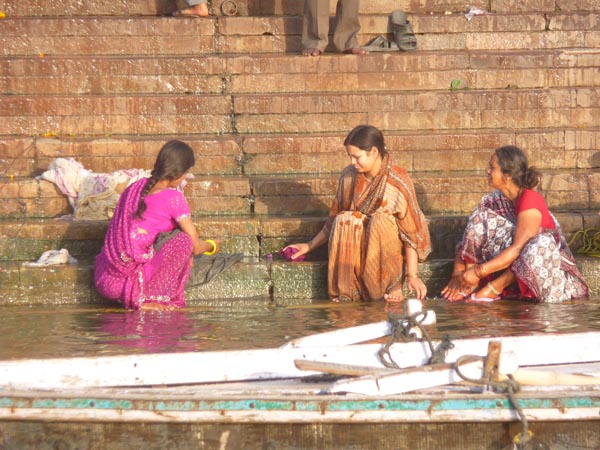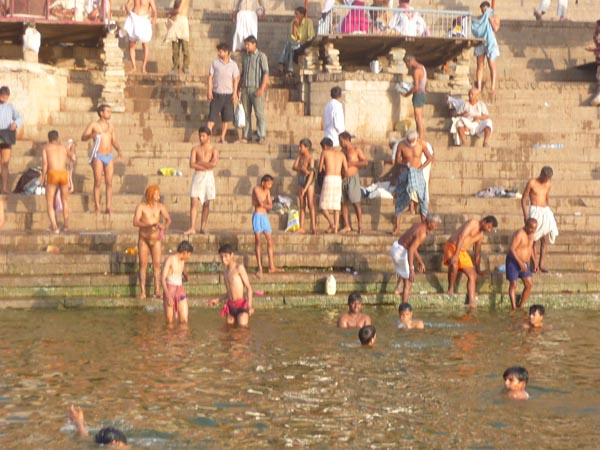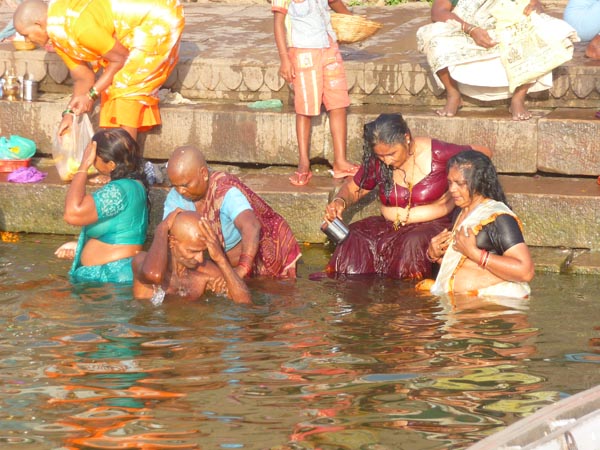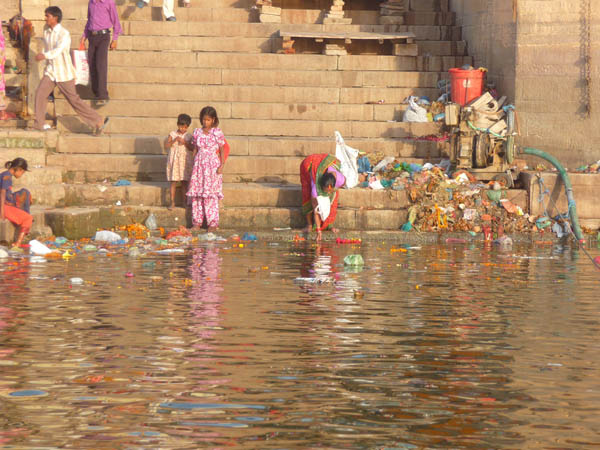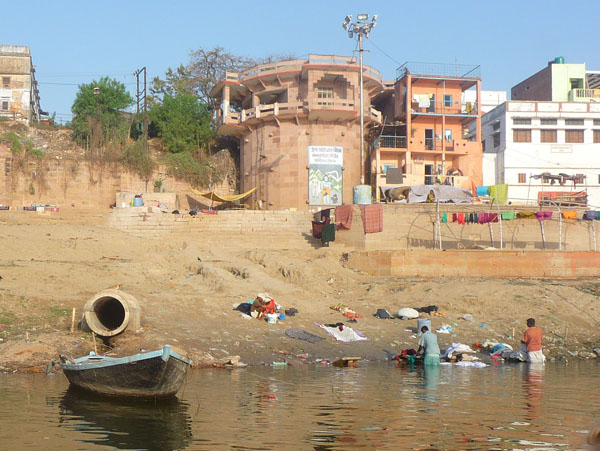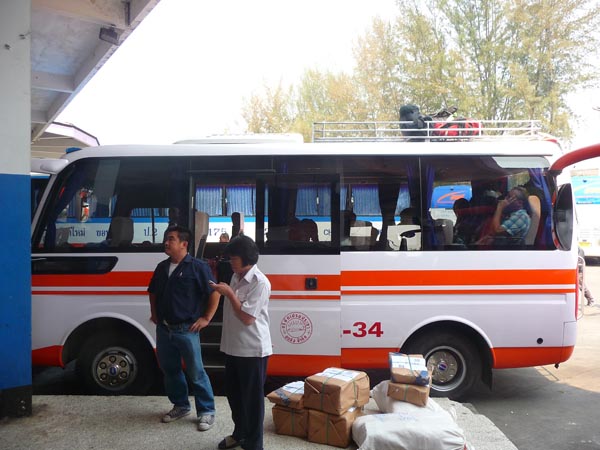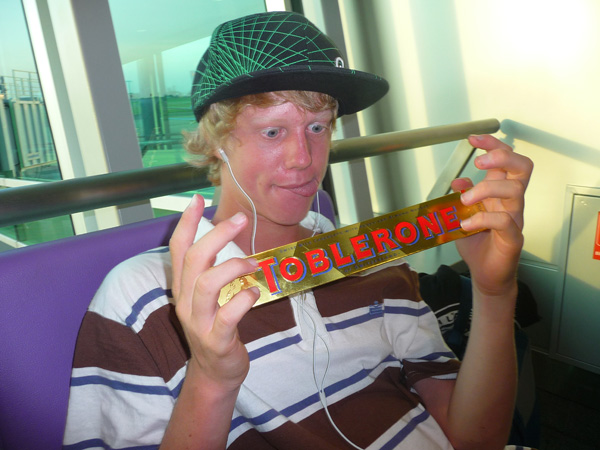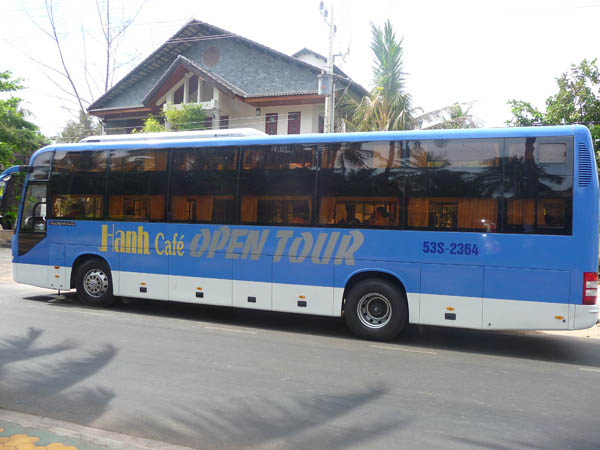April 7-8: Delhi
Sunday, April 19th, 2009India Gate – built by the British – it is down from this gate and through the “concourse” where the funeral march scene in the movie Ghandi took place.
Delhi: “encapsulates two different worlds, the old and the new”. The Old Delhi served as the capital of Islamic India, while New Delhi was built as the imperial capital of India by the British. Delhi has not always been the capital. During the British rule, Calcutta was, but due to the championing of independence by the West Bengal people, the British moved the capital to Delhi. There have actually been eight cities founded in and around Delhi, starting back as early as 2500 years ago. Different rulers throughout its history have imposed either Hindu or Islamic rule.
Most of the backpacker hotels are in Old Delhi, where we stayed. Our stay was only basically one day. We had planned for more, but the day we arrived, we spent most of the afternoon trying to figure out our “India stay”. The kids didn’t mind it because they just crashed in the room. Kolkatta and Veranasi had wiped them out. Looking back we should have stayed two nights in Delhi, rather than get up see the sights and move on to Agra. Hindsight is always easier.
Our plans for India had now changed to doing just the “Golden Triangle” trip, which is your typical tourist trip of Delhi: the Red Fort, National Mosque, Tombs, bazaars; Agra: the Fort and the Taj Mahal; and Jaipur: in the state of Rajasthan and known for its palaces and forts. We cancelled out south India, and knew we wanted to finish with the Himalayas and cooler weather.
To accomplish this “triangle” tour, we had two options: try and figure it out as we go (ie train, hotel, etc), or a more popular option is to hire a car/driver. We opted for this to make it easier on all of us the car takes you to the sites, you get back in and move to the next one – no hassles, no touts. Looking back, this is the biggest advantage; however, train rides are a much more comfortable way to travel in India, once you have gotten through the ticket purchasing and finding your way through the crowds and which track to end up on. The downside of car travel was the incessant honking of vehicles as you travel. The roads are better than they were 30 years ago, and sometimes now include 4 lanes, therefore, making one feel safer. Another advantage of taking the car was you got to see the country side and way of life as you traveled. It was usually a 5 hour drive between cities.
Jama Majid: built by Shah Jahan (same ruler that built the Taj Mahal). Construction began in 1644 and was completed 14 years later. It is made from red sandstone and marble. The courtyard can hold a mind blowing 25,000 people. We really enjoyed climbing to the top of the minarets, where you could look out over the whole city. It made all the honking and traffic and crowds below you look like you were watching a movie, even though you knew you had to jump back into it in a little while. It was interesting too, to see all the security in place to get into the mosque – scanners, no bags, etc. We had to “dress” down for the event.
We climbed up the minaret – great views of city from above – incredible craftsmanship of tower and mosque.
You will notice the Red Fort in the background
Red Fort: built again by Shah Jahan when he wanted to move his capital from Agra to Delhi. Construction was completed in 1648. It was built for a grandiose display of pomp and power (parading on an elephant through the gates to the city). Shah Jahan was one of the last great Moghul rulers. He never completely saw the capital move to Delhi, because his son overthrew and imprisoned him (nice son!?). Over the centuries it has been occupied by different powers including the British and Indian armies. Many military buildings now stand on the premises and the Indian army still has a post here. It is a little more run down than I would have thought being a major piece of architecture and Indian history.
The moat that surrounds the fort – had tunnels dug to bring water in from the river
Tight security – nice to know an AK 47 is facing you when you walk in.
The royal meeting area where the king met the “people”.
Kings residence – where the “Peacok Throne” was until Iran stole it and where the Shah of Iran used to use it during his reign. The throne still resides in Iran. The following slides show the intricate marble carvings with inlaid stone and precious jems were. Between the different “residence places” they have a water way that goes under the residences to allow for “cooling” effect (like evaporative cooling) – very ingenious
All Marble – incredible carvings – grate work
Where precious stones were cut out and stolen
Humayan’s Tomb: World Heritage Sight – another example of incredible Moghul architecture built in the 16th century by the wife of the second Moghul emperor Humayan. Both she and her husband and other tombs are on the grounds. Ten years ago this was a run-down tourist site. Thanks to the Agha Khan Foundation sponsorship and money and it being declared a World Heritage site, the restoration is incredible and magnificent.
It always amazes me the grill work from either red sandtone or marble that is done – always one piece of marble – to carve the openings without making a mistake or breaking the marble
The six sided star intrigued me in Muslim architecture
Koranic sayings carved in marble. The tomb is made from red sandstone. Black marble is also inlaid with Koranic sayings etc.
Old Delhi shot from the minaret – New Delhi and all its modern structures and freeways looks like any other big city.
Maybe the problem with all the horn blowing is that all the trucks and taxi’s have this saying on the back of their vehicles. It is basically to let you know that I am on your tail and want to pass you. This is because no one follows any rules of the road – or so as it seems. After the sights, we hopped in the car for our drive to Agra.
Interesting site – a Hindu temple but it seems to have Islamic architecture.

